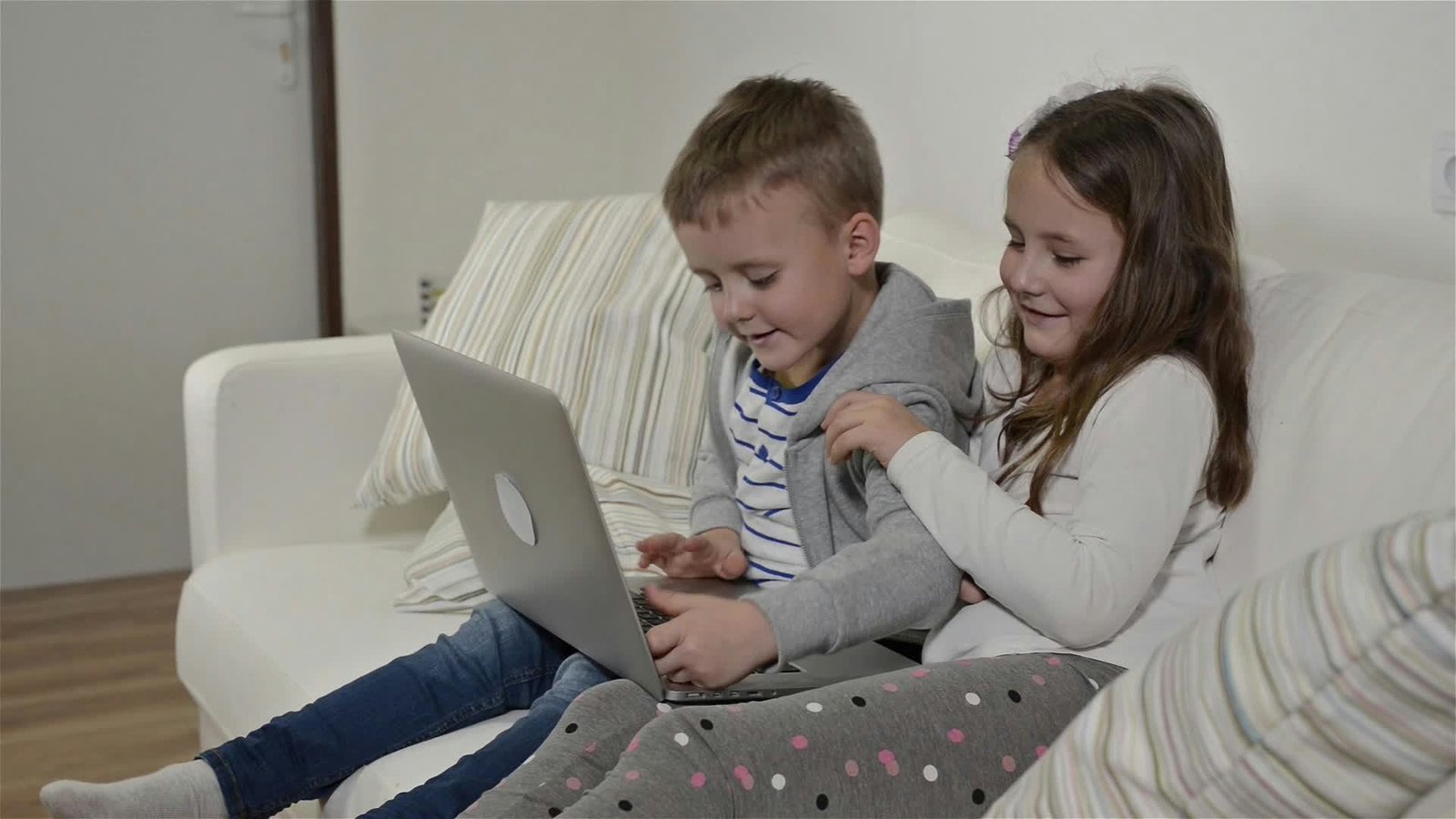Navigating the internet is a part of daily life for kids today, but it comes with its own set of challenges. While the online world can be educational and entertaining, it also holds potential risks that parents need to be aware of. Ensuring children’s safety online has become essential as they engage with digital content more frequently.
Children may face threats like cyberbullying or stumbling across inappropriate sites and apps, which can affect their well-being. Knowing about these dangers is crucial for parents who want to protect and guide their kids through the digital maze.
By setting up correct parental controls and fostering open discussions about safe internet practices, parents can safeguard their children’s online journeys. This article aims to equip parents with practical tools and tips to create a secure online experience for their kids while maintaining a healthy life balance.
Understanding Online Risks for Children
Kids face a variety of risks when they’re online. One major threat is cyberbullying, which involves harassment through digital platforms. This can happen on social media, in online games, or even through text messages. Cyberbullying can lead to serious emotional distress, such as anxiety, depression, or even lasting psychological trauma.
Privacy invasion is another significant risk. Kids often share a lot of personal details online without realizing the implications. This can lead to identity theft or misuse of their information. It’s crucial for children to understand the importance of keeping personal information private, such as their home address, phone numbers, or school details.
The risk of encountering inappropriate content is also high. This includes websites or ads with violent, sexual, or otherwise harmful material. Such content can be found on numerous online platforms—social media sites, video streaming services, and even educational websites if safeguards are not in place.
Common platforms like Facebook, Instagram, and TikTok are where these risks often surface. Even platforms that appear safer, like YouTube Kids, can have content that slips through the cracks. Parents need to be aware of where their children are spending time online and what types of interactions they are having.
Setting Up Parental Controls and Monitoring
Parents can take several steps to ensure their children are safer online, starting with setting up parental controls. These tools help monitor and restrict what children can access on the internet. Many devices, like smartphones, tablets, and computers, come with built-in parental controls. They allow parents to filter web content, set screen time limits, and monitor usage.
Various software options can assist in creating a safe online environment. Apps like Qustodio, Net Nanny, and Norton Family offer extensive features to supervise online activity. They provide reports on browsing habits, alert parents about questionable sites, and can even block certain apps altogether.
Setting up safe online environments involves more than just technology solutions. Parents should customize privacy settings on social media accounts to limit who can see what their child shares. They should disable location sharing features, which can be a tool for those with harmful intent.
For smart devices within the home, such as smart TVs and gaming consoles, parents should activate any available safety settings. This might mean setting a PIN or password to access certain features or restricting purchases to prevent unexpected charges.
By leveraging these tools and maintaining an active role in their children’s digital lives, parents can significantly reduce the risks associated with internet use while fostering a secure and healthy online experience for their kids.
Teaching Kids Safe Internet Practices
Helping children understand safe internet practices is crucial for their protection online. Begin by teaching them about privacy and the importance of not sharing personal information. Kids should know never to give out details like their full name, address, or phone number to anyone online. Reinforce that not everyone on the internet is who they say they are, and personal information should always stay private.
Introduce examples of safe online behaviors. Encourage children to use strong passwords and explain why keeping them secret is important. Discuss recognizing phishing attempts, emphasizing that they should not click on suspicious links or download unknown files. It’s important they know how to report and block anyone who makes them feel uncomfortable.
Promote open communication about internet use. Encourage your children to come to you if they encounter anything strange or alarming online. Make them feel comfortable discussing their online activities by actively listening and participating in their digital interests. This dialogue builds trust and helps you guide them through potentially unsafe situations.
Regular discussions about these practices should become part of normal digital interactions as your children grow. Keeping an open line of communication assures them that they have support and guidance through their online journey.
Building a Safe and Supportive Online Experience
Creating a safe online environment involves more than just setting up controls; it requires a holistic approach to your child’s internet use. Balance is key, and setting limits on screen time ensures kids have opportunities for offline play and interaction, which is vital for development. Establish a family media plan that includes time for homework, games, and digital leisure, ensuring a mixture of both online and offline activities.
Incorporate educational and positive content in your child’s online activities. Direct them towards apps and websites designed for learning and growth, and peer-driven platforms where they can safely engage are also great choices. Encourage using the internet as a tool for exploration and learning rather than solely entertainment.
Most importantly, lead by example. When children see their parents using the internet responsibly, it sets a standard for them to follow. Demonstrating how to maintain privacy, interact respectfully, and balance screen time will encourage them to replicate these behaviors. A supportive, educational environment will foster their development into responsible and informed digital citizens.
Conclusion
Keeping kids safe online is a shared responsibility that requires time, resources, and a lot of communication. Staying informed about online risks and implementing strategies to mitigate them protects your children now and prepares them for the future. By maintaining a balanced approach to internet use, parents can ensure that children enjoy a healthy digital experience. Open communication remains vital, helping children navigate the internet’s vast possibilities securely.
Empower your children with the knowledge and tools they need for safe online exploration. At ITO Nexus, we are committed to helping families safeguard their digital environments. Reach out to us today to learn more about our cybersecurity protection solutions designed to protect you and your loved ones in the ever-evolving digital landscape.

